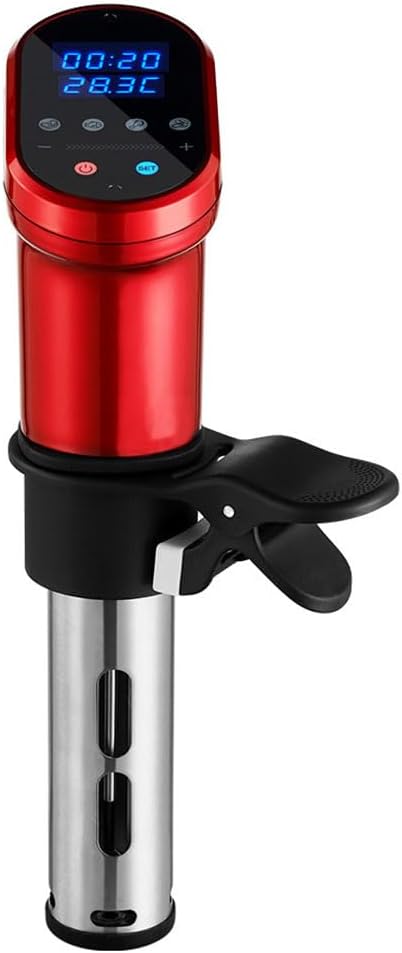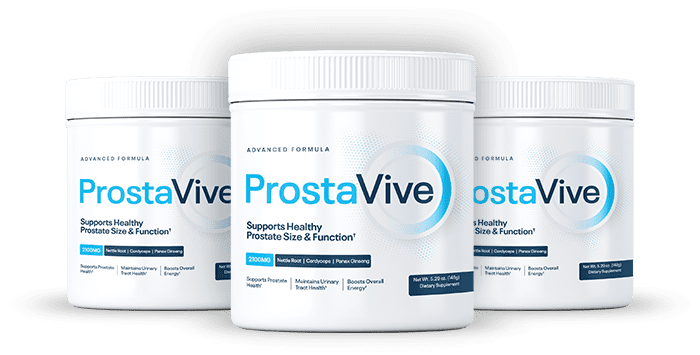The Ultimate Guide to Portion Control for a Healthy Diet

The Ultimate Guide to Portion Control for a Healthy Diet

Benefits of Portion Control for Weight Management
Portion control is a key component of maintaining a healthy diet and managing your weight. By being mindful of how much you eat, you can prevent overeating and ensure that you are consuming the right amount of nutrients your body needs. In this article, we will explore the benefits of portion control for weight management and provide you with some tips on how to incorporate it into your daily routine.
One of the main benefits of portion control is that it helps you regulate your calorie intake. When you eat larger portions than your body needs, you are likely consuming more calories than you burn, which can lead to weight gain over time. By controlling your portion sizes, you can better manage your calorie intake and prevent excess weight gain.
In addition to regulating your calorie intake, portion control can also help you improve your digestion. Eating large portions can put a strain on your digestive system, leading to discomfort and bloating. By eating smaller, more manageable portions, you can give your digestive system a break and improve your overall digestion.
Another benefit of portion control is that it can help you develop a healthier relationship with food. When you are mindful of how much you eat, you are more likely to savor and enjoy your meals, rather than mindlessly consuming them. This can lead to a greater appreciation for the food you eat and a more positive attitude towards eating in general.
Portion control can also help you avoid the temptation of overeating. When you serve yourself smaller portions, you are less likely to go back for seconds or thirds, even if the food is delicious. This can help you avoid consuming excess calories and prevent weight gain in the long run.
Now that we’ve discussed some of the benefits of portion control, let’s talk about how you can incorporate it into your daily routine. One simple way to practice portion control is to use smaller plates and bowls. Research has shown that people tend to eat less when they use smaller dishes, as it tricks the brain into thinking that they are consuming more food than they actually are.
Another tip for practicing portion control is to measure out your food before you eat it. This can help you avoid mindlessly eating and ensure that you are consuming the right amount of nutrients your body needs. You can use measuring cups, a food scale, or even your hand to estimate portion sizes and make sure you are not overeating.
It’s also important to listen to your body’s hunger cues and stop eating when you are full. Pay attention to how your body feels during and after meals, and try to eat slowly to give your brain time to register when you are satisfied. By being mindful of your hunger and fullness cues, you can prevent overeating and maintain a healthy weight.
In conclusion, portion control is a simple yet effective way to manage your weight and improve your overall health. By regulating your calorie intake, improving your digestion, and developing a healthier relationship with food, you can reap the many benefits of portion control. Remember to use smaller plates, measure out your food, and listen to your body’s hunger cues to practice portion control effectively. With a little practice and mindfulness, you can make portion control a regular part of your healthy eating routine.
Tips and Tricks for Practicing Portion Control
Portion control is a key component of maintaining a healthy diet. It can be easy to overeat, especially when faced with large portions or tempting treats. However, with a few simple tips and tricks, you can learn to control your portions and make healthier choices.
One of the easiest ways to practice portion control is to use smaller plates and bowls. Research has shown that people tend to eat more when they are served larger portions, regardless of how hungry they actually are. By using smaller dishes, you can trick your brain into thinking you are eating more than you actually are, helping you to feel satisfied with less food.
Another helpful tip is to measure out your portions before you eat. This can be especially useful when it comes to high-calorie foods like nuts, cheese, or pasta. By measuring out a serving size, you can avoid mindlessly eating more than you intended. You can use measuring cups, a food scale, or even your hand to estimate portion sizes.
It’s also important to pay attention to your hunger cues. Many of us eat out of habit or boredom, rather than true hunger. Before reaching for a snack or second helping, ask yourself if you are truly hungry or if you are just eating out of habit. If you are not hungry, try finding another way to occupy your time, such as going for a walk or calling a friend.
Eating slowly can also help with portion control. It takes about 20 minutes for your brain to register that you are full, so by eating slowly, you give your body time to signal when it has had enough. Try putting your fork down between bites, chewing each bite thoroughly, and savoring the flavors of your food. This can help you feel satisfied with less food.
Another helpful trick is to pre-portion your snacks and meals. Instead of eating straight from the bag or container, divide your food into individual servings. This can help prevent mindless eating and make it easier to stick to appropriate portion sizes. You can also try using portion control containers or meal prep to plan out your meals and snacks in advance.
When dining out, it can be challenging to control your portions, as restaurant servings are often much larger than what you would eat at home. To avoid overeating, consider sharing a meal with a friend, ordering an appetizer as your main course, or asking for a to-go box at the beginning of the meal to portion out half of your food before you start eating.
Finally, it’s important to remember that portion control is not about depriving yourself or feeling restricted. It’s about making mindful choices and listening to your body’s hunger cues. By practicing portion control, you can enjoy all of your favorite foods in moderation while still maintaining a healthy diet.
In conclusion, portion control is a simple yet effective way to improve your eating habits and maintain a healthy weight. By using smaller plates, measuring out your portions, paying attention to your hunger cues, eating slowly, pre-portioning your food, and making smart choices when dining out, you can easily incorporate portion control into your daily routine. Remember, it’s all about balance and moderation, so don’t be afraid to enjoy your favorite foods in moderation.
Portion Control Tools and Resources for Success
Portion control is a key component of maintaining a healthy diet. It can be easy to overeat when portion sizes are not properly managed, leading to weight gain and other health issues. Fortunately, there are many tools and resources available to help you control your portions and stay on track with your health goals.
One of the simplest tools for portion control is a food scale. By weighing your food before you eat it, you can ensure that you are eating the correct portion size as recommended by nutrition guidelines. This can be especially helpful for foods that are easy to overeat, such as nuts or pasta.
Another helpful tool for portion control is measuring cups and spoons. These can be used to measure out servings of foods like rice, cereal, or salad dressing. By using these tools, you can avoid accidentally eating more than you intended and stay within your calorie goals.
If you prefer a more visual approach to portion control, there are also portion control plates available. These plates are divided into sections for different food groups, making it easy to see how much of each type of food you should be eating. This can be a helpful tool for those who struggle with portion sizes or have trouble visualizing what a proper portion looks like.
In addition to physical tools, there are also many online resources available to help you with portion control. Websites and apps like MyFitnessPal or Lose It! allow you to track your food intake and monitor your portion sizes. These tools can be especially helpful for those who are trying to lose weight or maintain a specific calorie goal.
Meal prepping is another great way to control your portions and stay on track with your health goals. By preparing your meals in advance, you can portion out your food into individual containers, making it easy to grab a healthy meal when you’re on the go. This can also help you avoid the temptation of overeating or reaching for unhealthy snacks when you’re hungry.
When dining out, it can be challenging to control your portions, as restaurant servings are often much larger than what you would eat at home. To help with portion control when eating out, consider sharing a meal with a friend or asking for a to-go box at the beginning of the meal to portion out half of your food before you start eating. This can help you avoid overeating and stay within your calorie goals.
In conclusion, portion control is an important aspect of maintaining a healthy diet. By using tools like food scales, measuring cups, portion control plates, and online resources, you can easily manage your portions and stay on track with your health goals. Meal prepping and mindful eating when dining out can also help you control your portions and avoid overeating. With these tools and resources, you can take control of your portion sizes and achieve a healthier lifestyle.






